Aquatic Invertebrates
Media
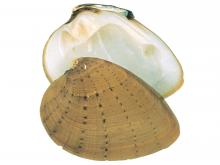
Species Types
Scientific Name
Ellipsaria lineolata
Description
The butterfly is one of the most beautiful of Missouri’s mussels.
Media
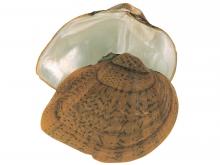
Species Types
Scientific Name
Truncilla truncata
Description
A common mussel in some areas, deertoe have decorative green markings.
Media
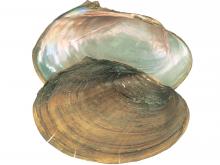
Species Types
Scientific Name
Leptodea fragilis
Description
A widespread mussel that relies on freshwater drum as host fish for the developing young.
Media
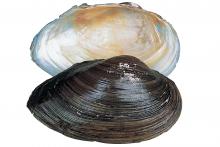
Species Types
Scientific Name
Pygandon grandis
Description
When a floater dies, this large mussel with a thick shell will actually rise to the water surface and float as it decays.
Media

Species Types
Scientific Name
Quadrula quadrula
Description
The mapleleaf spawns in the summer, using catfish as a host.
Media
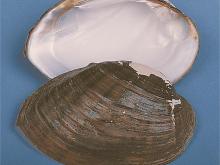
Species Types
Scientific Name
Actinonaias ligamentina
Description
One of the most widespread and numerous mussels in southern Missouri.
Media

Species Types
Scientific Name
Quadrula pustulosa
Description
While the pimpleback is usually bumpy, some individuals are perfectly smooth.
Media
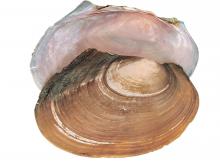
Species Types
Scientific Name
Potamilus ohiensis
Description
This species enjoys the same geographic distribution in our state as the pink heelsplitter, and it generally resembles that species, too. But as the name suggests, the pink papershell usually has a thinner shell and is smaller. Also, it prefers rather shallow water with a good current.
Media

Species Types
Scientific Name
Lampsilis cardium
Description
The plain pocketbook is one of the most common and widespread mussels in our state. It is oval, relatively large, and occurs frequently.
Media

Species Types
Scientific Name
Pleurobema sintoxia
Description
Round pigtoes are more rounded than Wabash pigtoes. Usually, the nacre (the shell lining) is white, but in rare individuals it is bright pink.
See Also
About Aquatic Invertebrates in Missouri
Missouri's streams, lakes, and other aquatic habitats hold thousands of kinds of invertebrates — worms, freshwater mussels, snails, crayfish, insects, and other animals without backbones. These creatures are vital links in the aquatic food chain, and their presence and numbers tell us a lot about water quality.





















